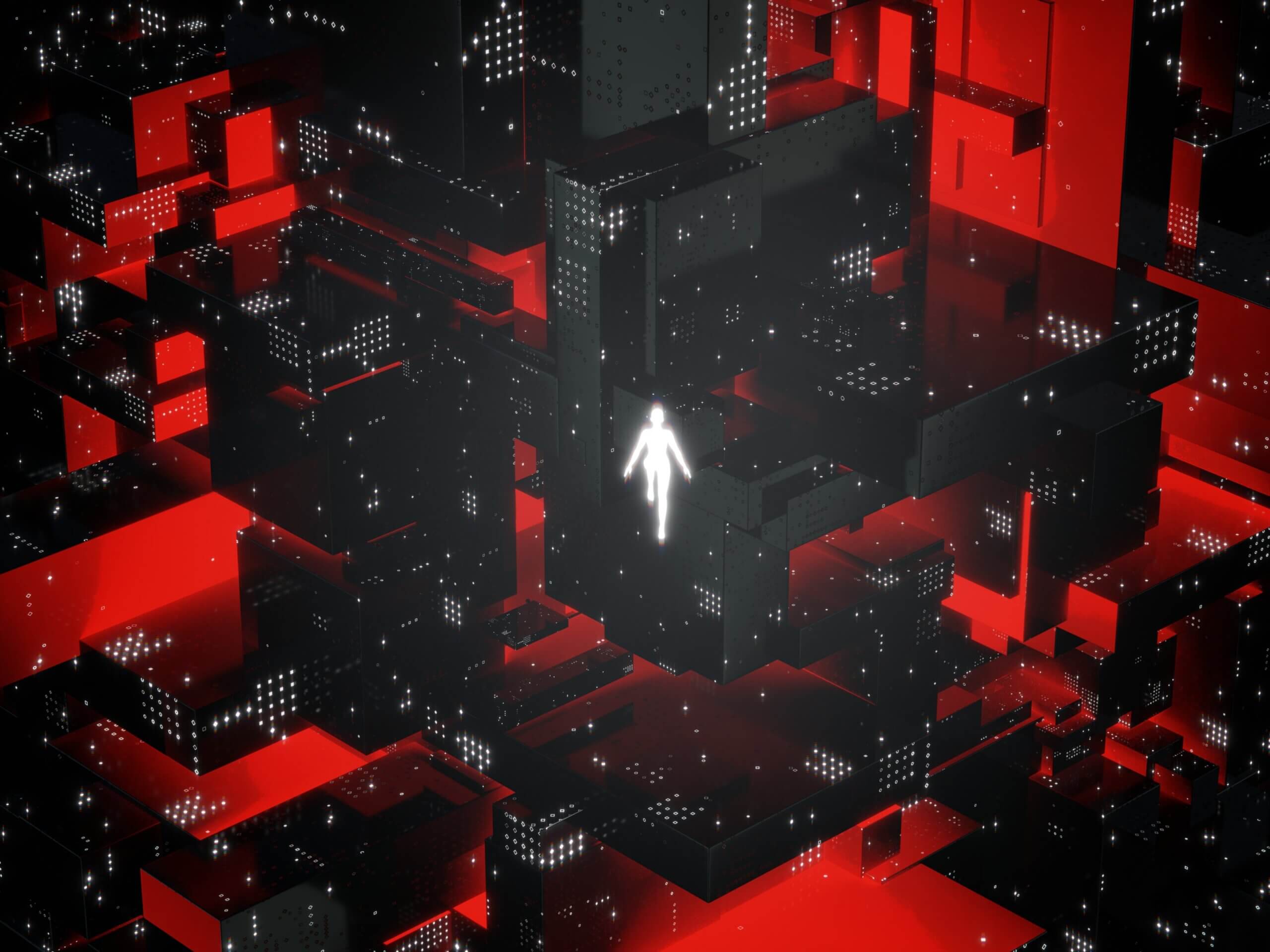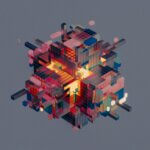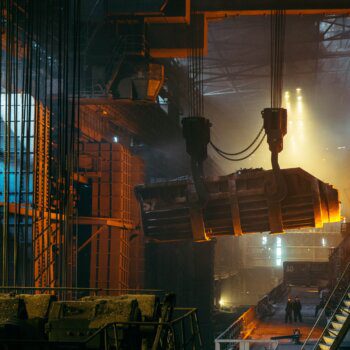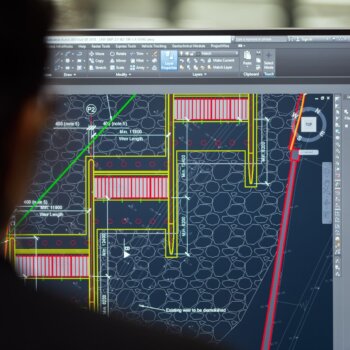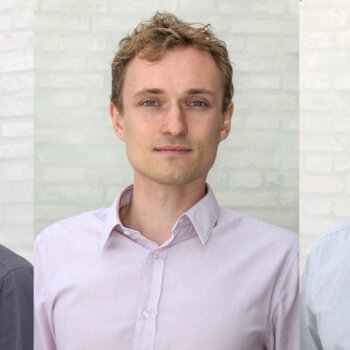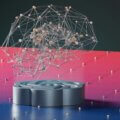Key Takeaways:
- A digital twin is a virtual representation of a real system – a building, the power grid, a city, even a human being – that mimics the characteristics of the system.
- A digital twin is more than just a computer model, however.
- For example, a warehouse operator can optimize a warehouse’s performance by exploring the response of its digital twin to various material handling policies and equipment without incurring the cost of making actual changes.
- Creating and maintaining digital twins often involves vast amounts of data to represent various features of the real system.
A digital twin is a virtual representation of a real system – a building, the power grid, a city, even a human being – that mimics the characteristics of the system. A digital twin is more than just a computer model, however. It receives data from sensors in the real system to constantly parallel the system’s state.
A digital twin helps people analyze and predict a system’s behavior under different conditions. The systems being twinned are typically very complex and require significant effort to model and track.
Digital twins are useful in a wide variety of domains, including supply chains, health care, buildings, bridges, self-driving carsand retail customer personas to improve efficiency and reliability. For example, a warehouse operator can optimize a warehouse’s performance by exploring the response of its digital twin to various material handling policies and equipment without incurring the cost of making actual changes.
Even a wildfire can be represented by a digital twin. Government agencies can predict the spread of the fire and its impact under different conditions such as wind velocity, humidity and proximity to habitats, and use this information to guide evacuations.
Why digital twins matter
Digital twins are often used to model, understand and analyze complex systems where performance, reliability and security of the system are critical. In such systems it is paramount to test any changes, whether planned or unplanned.
In order to accurately test changes to the state of the actual system and the effects of any possible stimulus, the digital twin must accurately represent the physical system in its current state. This requires the digital twin to receive continuous updates from the physical system via fast and reliable communications channels. Digital twins are a key part of the push to create “smart” cities.
Creating and maintaining digital twins often involves vast amounts of data to represent various features of the real system. Collecting and processing this data requires advanced communication and computing technologies. Communication support typically involves high-speed internet connections and wireless networks such as Wi-Fi and 5G. Computational support is typically in the form of servers, either in the cloud or closer to the physical system.
We and other faculty members at Rochester Institute of Technology and the University of California, Irvine are starting the Center for Smart Spaces Research, a research center sponsored by the National Science Foundation. One of the primary ongoing projects within this center is building the basic technologies for creating digital twins in a variety of applications.
